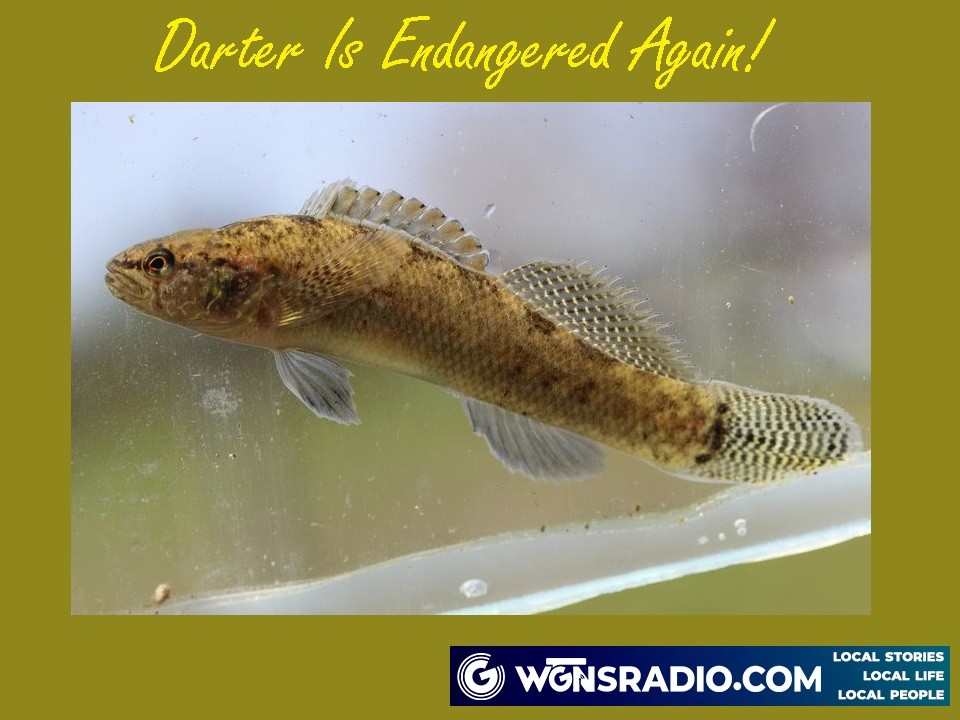(WASHINGTON, DC) In a legal victory for the Center for Biological Diversity, the U.S. Fish and Wildlife Service agreed today to again consider granting Endangered Species Act protections for the Barrens darter. Named for its home on the Barrens Plateau of central Tennessee, the darter is one of the rarest fish in North America.
In 2019 the agency wrongly denied the Barrens darter protection despite steep population declines and widespread destruction of its headwater habitat across its tiny, fractured remaining range.
“I’m so glad the Fish and Wildlife Service has agreed to reconsider protections for the rare, sweet little Barrens darter,” said Meg Townsend, freshwater attorney at the Center. “Ensuring protections for the Barrens darter and its biologically rich and diverse habitat is so important because like so many species it’s staring down the barrel of extinction. These fish should never have been denied protection in the first place.”
The Barrens darter has been reduced to just a few small headwater streams that feed the Collins River between Nashville and Chattanooga, and its numbers are decreasing. Much of the species’ habitat has been damaged by water pumping for agriculture and livestock grazing, which has widened streams and increased harmful sediments that destroy the darter’s spawning areas.
As a result, two of the darter’s last seven populations have recently been lost, and the five that remain survive in fewer than roughly 6 miles of streams. Each population is tiny and isolated from the others, making them more vulnerable to local threats.
The Center petitioned the Service in 2010 to protect the darter. Despite agency scientists predicting that two more of the darter’s remaining populations might soon be lost, the agency decided not to protect the species. Today’s agreement is a result of a lawsuit by the Center, which requires the Service to make a new decision by 2025.
The Barrens darter is a unique species in the perch family that produces sounds and is distinguished by the parental care the male provides, including nest guarding. A male will establish a territory around a cavity under a flat rock and attract a female based on his body size and the quality of his nest cavity. Males produce knocks, drums and purrs to court females and defend the nest cavity from other males. Once a female has chosen to spawn, the pair will invert under the rock, and the female will adhere eggs to the underside of the rock in a single layer. The male will clean the eggs and guard them from predators until they hatch.
The Barrens darter’s headwater streams are facing the highest level of risk from agricultural impacts in all of Tennessee. Within the Barrens darter’s narrow range, poor grazing and livestock management practices have stripped streams of necessary plants that help stabilize their banks and, along with the proliferation of nurseries in the area, have damaged the Barrens dater’s habitat by widening streams and contributing high sediment loads.
“I’m hopeful the Fish and Wildlife Service will do what’s right to protect the Barrens darter and its unique central Tennessee habitat,” Townsend said. “Endangered Species Act protections are necessary to ensure we don’t lose more of the Southeast’s rich biodiversity and that these freshwater streams are protected so people, plants and animals can thrive.”





